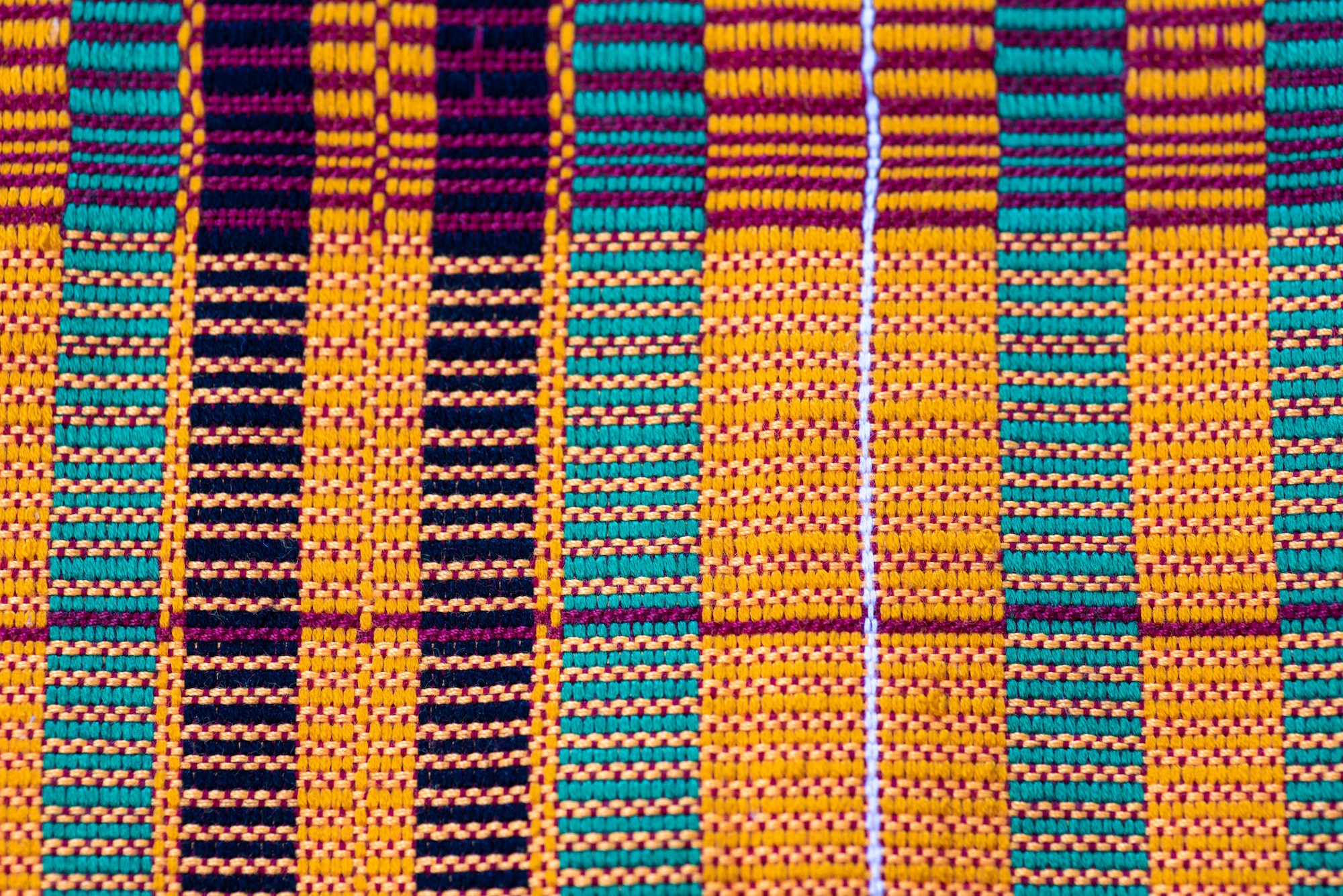Kente cloth is a traditional African textile that has its origins in the Ashanti and Ewe tribes of Ghana and Togo. This brightly colored, intricately patterned fabric is woven using a variety of materials and techniques, making it a popular choice for clothing, accessories, and home décor items. In this article, we will explore the materials and techniques used in Kente weaving, as well as some ways to incorporate African-inspired fabric crafts into your own creative projects.
Materials Used in Kente Weaving
Kente cloth is traditionally made from silk or cotton threads, although modern versions may also incorporate synthetic fibers. The threads are dyed into vibrant colors, which are then woven together to create intricate patterns. The most commonly used colors in Kente cloth are yellow, green, red, blue, and black, each with its own symbolic meaning:
- Yellow represents wealth, royalty, and high status.
- Green symbolizes growth, renewal, and fertility.
- Red signifies passion, strength, and spirituality.
- Blue stands for peace, harmony, and love.
- Black represents wisdom, maturity, and spiritual energy.
In addition to these primary colors, Kente weavers may also use other colors such as pink, purple, or white to add variety and depth to their designs.
Techniques Used in Kente Weaving
Kente weaving is done on a narrow-strip loom called an “asante” or “ewevu” loom. These looms are typically made from wood and are designed to produce long strips of fabric measuring about 4 inches wide. The weaver sits at the loom and uses foot pedals to control the tension of the warp threads (the vertical threads that form the foundation of the fabric).
The weft threads (the horizontal threads that create the patterns) are passed through the warp using a shuttle or needle. The weaver then uses a beater to tightly pack the weft threads together, creating a dense, durable fabric. This process is repeated, with the weaver changing colors and patterns as desired, until the desired length of fabric is achieved.
Once the individual strips of fabric are completed, they are sewn together to create larger pieces of Kente cloth. This can be done by hand or using a sewing machine, depending on the weaver’s preference and skill level.
African-Inspired Fabric Crafts
Now that you have a better understanding of the materials and techniques used in Kente weaving, you may be inspired to incorporate some African-inspired fabric crafts into your own creative projects. Here are a few ideas to get you started:
- Kente Cloth Pillows: Create vibrant, eye-catching throw pillows for your home by sewing together strips of Kente cloth in your chosen color scheme. These pillows will add a unique touch of African artistry to any room.
- Kente Wall Hanging: Frame a large piece of Kente cloth and hang it on your wall as a stunning piece of textile art. This is an excellent way to showcase the intricate patterns and vivid colors of this traditional African fabric.
- Kente Table Runner: Add some global flair to your dining table with a Kente cloth table runner. Simply sew together strips of fabric in a length suitable for your table, and finish the edges with a coordinating trim.
- African-Inspired Quilts: Incorporate Kente cloth into your quilting projects by using it as an accent fabric alongside more neutral tones. The bold patterns and colors will make your quilt truly one-of-a-kind.
- Kente Clothing and Accessories: Use Kente cloth to create unique clothing items such as skirts, dresses, or jackets, or fashion statement-making accessories like scarves, headwraps, or bags.
With its rich history and striking visuals, Kente cloth is a wonderful material to incorporate into your crafting projects. Whether you choose to create a traditional weaving or simply use the fabric in your own unique way, you’ll be sure to make a bold and beautiful statement with your African-inspired creations.


